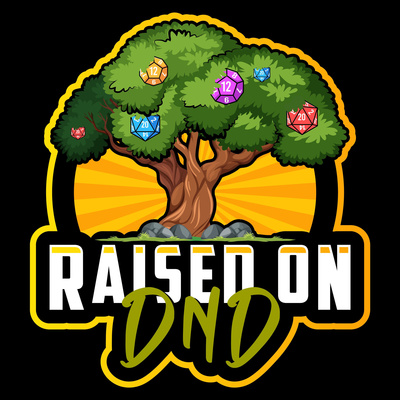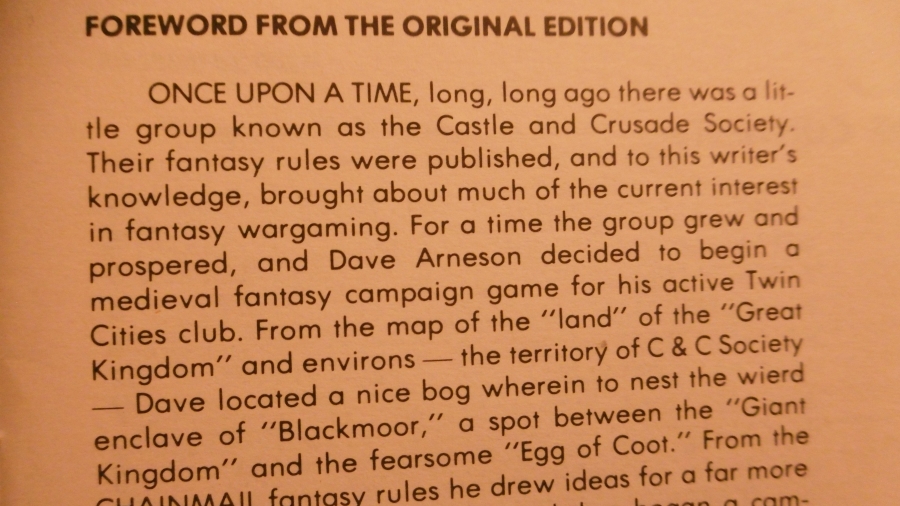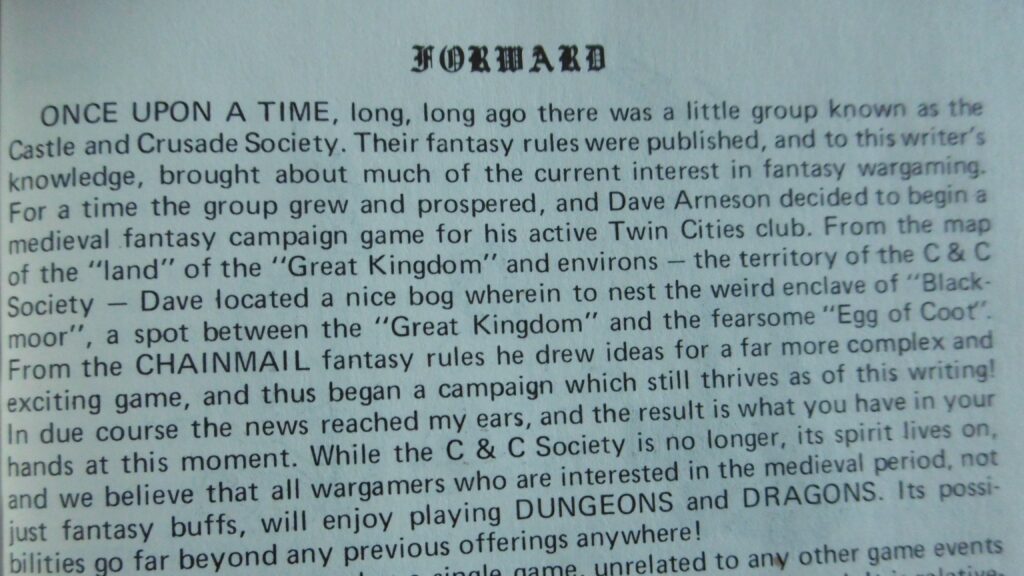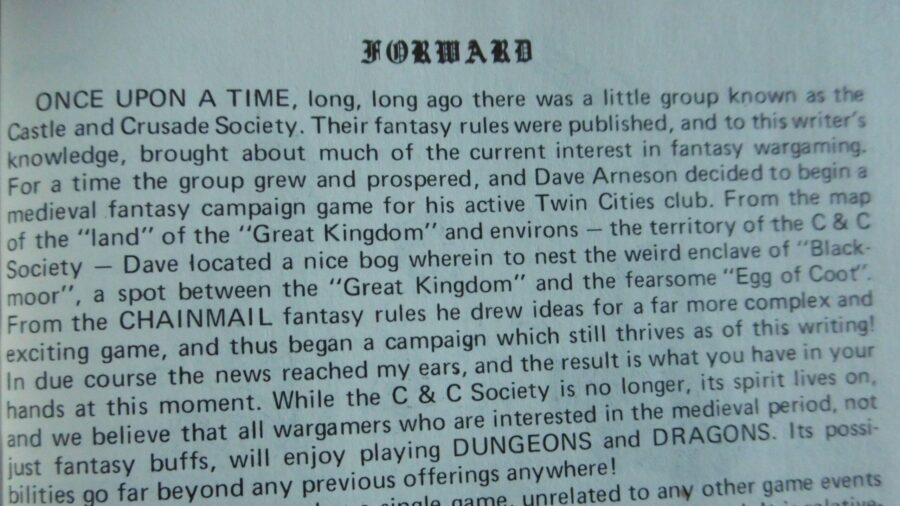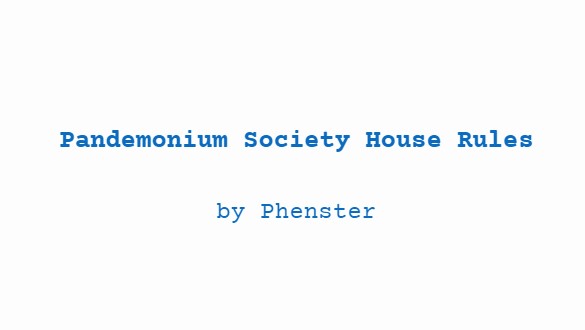Movement and Encumbrance
The following article appeared in L’avant garde #63 (May 1984).
Movement and Encumbrance
It's true that our first adventures weren't very sophisticated. It was just Hazard and me and Beowulf back then. Jinx joined us early on. I remember that we carried a ton of equipment and fought a slew of monsters. I don't remember how many times we died. Whenever we all got killed, we erased the treasure we found before that and kept going. There didn't seem to be any point to rolling up a new character.
We didn't pay much attention to how much gold we had to start either. We just picked stuff from the equipment list. I think I had about everything in my backpack: rations, water skins, 100s of feet of rope, torches, oil, iron spikes, a silver mirror. . . . I even took a holy symbol and wooden stakes w/mallet, garlic, and a few holy waters. Somehow I was sure we would run into a vampire, even if we were only second level. All that went in the backpack, and I strapped a bandoleer of daggers across my chest. With the lantern and a 10' pole in my hands and a scroll with three spells up my sleeve, I was ready for adventure!
Beowulf wore plate mail armor, a shield, and the whole armory of weapons. We didn't even know what half of them were, but Beowulf wanted one of each. Jinx stuck 10 daggers and a bunch of other equipment on a bandoleer. He could draw a flint-and-steel and a torch as quick as a throwing dagger and still have time to light the torch and throw it at a monster while I threw oil on it. But then we read the rules and figured out there's no way in Pandemonium we could have afforded all that stuff, much less carry it all around with us.
Encumbrance
Hazard made up this simple list of the encumbrance for armor, weapons, and treasure. A helmet counts as part of whatever armor you're wearing. For all the other equipment, like rope and spikes and stuff, he gives us the standard allowance, as long as we don't go overboard.
Equipment | Encumbrance (in coins) |
| --------- | ----------- |
| Leather armor | 300 |
| Chain, plate armor | 600 |
| Helmet | --- |
| Shield | 100 |
| Light weapons | 20 |
| Normal weapons | 50 |
| Heavy weapons | 100 |
| Extra-heavy weapons | 150 |
| Coin, gem, scroll, ring | 1 |
| Jewelry, potion, scroll w/case | 10 |
| Wand, staff, rod | 30 |
| Standard allowance | 100 |
Move Rates
You find your move rate by the kind of armor you're wearing. You can wear armor and carry up to 300 coins without going over into the next slower category, but every 300 coins after that slows you down more and more.
Exploring speed is half your normal rate. Going at normal rate in the dungeon, you're more likely to walk into a monster nest or not notice a trap or some important clue. Running (double time) is twice the normal rate. Combat speed is 1/12th normal rate, but it's per round. (You can also run while combat is going on but not while fighting in melee.) Outdoors, with good light and no mapping (mostly in towns), you move 5 times faster than normal rate. Half that in bad light. For long-distance travel, we use journey rates. You move at normal speed divided by 10 in mi./day.
You can't run with a heavy load. Full armor can only run for 1 turn. Half armor can run 2 turns, and unencumbered can run 3 turns. Extra heavy and super heavy loads can't run or move long distances, and you can hardly take a step. Fighting isn't a good idea either, because you take a -2 on attacks and a +2 AC with an extra heavy load, and super heavy takes double the penalties.
Category | Armor type | Max coins | Comb. | Expl. | Norm. | Run | Jour. |
| -------- | ----- | ----- | ----- | ----- | ----- | --- | ----- |
| Unencumbered | NONE | 300 | 20 | 120 | 240 | 480 | 24 |
| Half armor | Leather | 600 | 15 | 90 | 180 | 360 | 18 |
| Full armor | Chain, plate | 900 | 10 | 60 | 120 | 240 | 12 |
| Heavy load | 1200 | 5 | 30 | 60 | 0 | 6 | |
| Extra heavy | 1500 | 3 | 20 | 40 | 0 | 0 | |
| Super heavy | 1800 | 1 | 10 | 20 | 0 | 0 |
Every +1 bonus for strength gives you 200 extra coins you can carry without going over to the next category. (-1 for strength gives you 100 less coins.)
It's kind of hard to keep track of it all, and we usually forget to add up all the treasure we're carrying after a while. Even Cypher says it's too tedious. But basically, your weapons and equipment usually turn out to be within the 300 additional coins you can carry at the start of the adventure. So, just go with your armor category. Then, when you get a good treasure haul, you'll probably go down to the next slower category, unless you've got a high strength.
Coin Carrying Capacities
| Large sack | 600 |
| Backpack | 300 |
| Small sack | 300 |
| Haversack | 200 |
| Pouch | 100/50/25* |
| * Large/medium/small |
A haversack is like a small sack with a strap so you can carry it over a shoulder. It's called a haversack because it's just big enough to put everything in it. I like to say "I either HAVE it ER I don't!" And I can get stuff out of it easy. Even during combat, it only takes one round. I can't be under attack, of course, but when the melee is going on all around me, I can still reach in and grab a potion or a bag of caltrops. If it's in a backpack, you have to take it off and rummage. Rummaging during melee is a good way to get yourself a new character.
Resting
Exploring the dungeon is exhausting. We have to rest for 1 turn after 5 turns exploring or after running or after combat. Combat happens so fast that we say we just rest for the rest of that turn. If we don't (or can't) rest, then we take a -1 penalty on attack and damage rolls, and we move at the next slower category. Plus, hirelings take a -1 penalty on their morale rolls. If we still don't rest after 5 more turns (or running or another combat), the penalty is -2 and we go down another move category. It goes on like that until we can't move at all. When we rest for 1 turn, we're good as new after. If you're unencumbered and moving at a slower rate, you don't need to rest at all.
Nowadays I like to travel unencumbered. I carry a haversack with all my gear in it, including scrolls and potions. I wear a girdle around my waist to hold a pouch with 20 g.p. and a dagger to protect my skin. Beowulf wears plate mail, a helmet, and carries his two-handed sword. He has a backpack for gear and a short sword for fighting in tight spots. Because he's so strong, he can still carry a sack full of gold without slowing down. Jinx wears leather armor with a skullcap, a backpack, a sword, only 5 daggers on a bandoleer, and he carries the lantern and the 10' pole.
We did eventually encounter a vampire. We were 3rd level. We had just found a good haul of treasure and decided to do one more room before we quit for the day. We thought it was just a giant bat at first, so I threw a web spell on it. It turned into a cloud of gas, and my web fell on the ground. Then it became a vampire! I presented the symbol with verve and threw holy water at it, while Beowulf and Jinx fought it. But we all died anyway.
Phenster’s Pandemonium Society House Rules is a work of fiction. Names, characters, businesses, events, incidents, and newsletters are either products of the author’s imagination or are used in a fictitious manner. Any resemblance to actual persons, living or dead, or actual events is pure coincidence.

